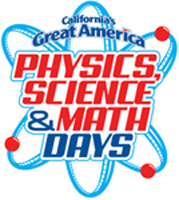 |
Physics, Science & Math
Days
|
|
Curricular Activities Contests for 2022 * First Timers Checklist Planning Checklist Frequently Asked Questions Links (updated 10/21) 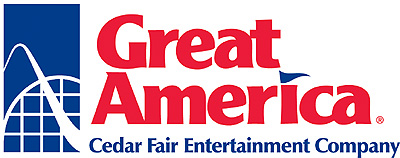 Click for PSM website 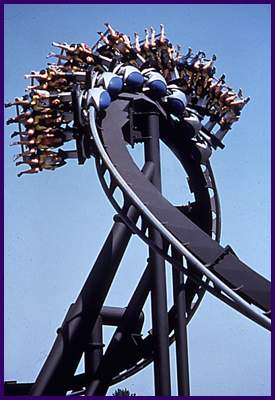 |
|
|
Dates for 2023
|
|
|
A Very Brief HistoryPhysics Day at Great America was started in 1983 by Don Rathjen from Foothill High School. Initially, he brought his physics students to the park on a normal operating day. In the second year, he brought three other teachers and their physics students to Great America, armed with accelerometers and calculators to study the physics behind roller coasters. Over the years, Physics Day grew until the park opened
up on a non-operating day, exclusively for physics
students. The number of students grew, and the number of
middle school science students attending the park had
also grown. Two separate days were scheduled, one for
high school physics, the other for middle school
science. In 1995, a third day was added to accommodate
math students who explore applications of mathematics in
the real world. And in 2020 a fourth day has been added
to work around the AP Testing and allow advanced physics
students an opportunity to learn and enjoy the park. Physics Day, now Physics, Science & Math Days,
has been in continuous operation since 1983. It's one of
the only special days of its type where the park is open
just for students and teachers for educational purposes.
39 years and going strong! 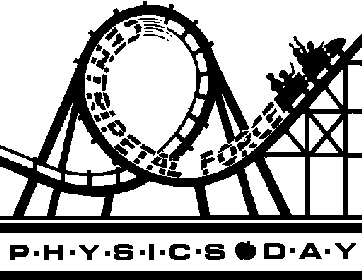 |
|
|
What was new in 2019?It's called RailBlazer, likely short for "Trail Blazer". A new concept: description written for the San Jose Mercury News.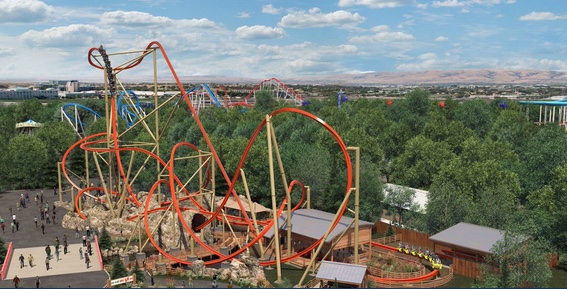 As soon as we can put together a comprehensive worksheet for RailBlazer, it will get posted. The ride was not ready for PSM Days. It's open now and park visitors are giving it top rating! CONTESTS *
The contests were fully updated for 2019. Planning is under way to determine which contests will be in operation in 2022, but you can count on Mars Lander and Graph Matching for two. Each has a pdf document that includes all the relevant rules. We encourage students and teachers to fully participate in these non-riding activities as well as going on as many rides as they can during your day at California's Great America. Click on the link on the left-hand side of this page. Changes for 2022 will be posted once they are developed. Big
Change back in 2017 - Accelerometers!
Note: The park specifically permits the use of measuring devices for determining accelerations and forces on the rides. The devices, manual or electronic, must be tethered to the student or they will not be allowed on rides. However, a decision was made to permit use of the vests sold by Vernier Software & Technology and Pasco Scientific. Follow this link for some other tethering suggestions: Tethering Document Come by the Graph Matching booth to check out an accelerometer to collect data on one or more rides here at the park. And to try your hand at figuring out what those "wiggles and squiggles" on the graphs mean. Many years past, Great America printed out a packet of activities, shrink-wrapped it and distributed it with the tickets sent to schools in the spring. Subsequently, the entire packet was converted to electronic form and available on a CD that was distributed with the school's tickets. Now the entire packet is online and available by following the "Curricular Activities" link above left. If you have an activity that you've developed for PSM Days, and would like to share it with other teachers and students, please attach it and send it to the webmaster. Credit will be given for ideas that are included on this website. By the way, NBC has published a website on the science behind many Winter Olympics events. Check out the video on Halfpipe and you'll see some of the same reasoning as that behind the shape of vertical loops on roller coasters.
|
|
|
A Resource
 The physicsday.org webmaster completed a re-write of the AAPT handbook on Amusement Park Physics in 2011. This second edition contains many very useful items for first timers and old timers alike. You will see references to California's Great America throughout the book including data from some of our rides. The introduction to the book can be read here. The book is available through AAPT and Vernier Software & Technology. |
Physics
Day Steering Committee
March 15, 2023
